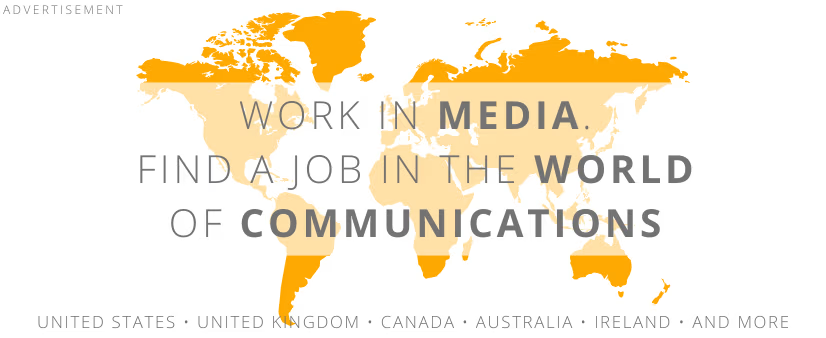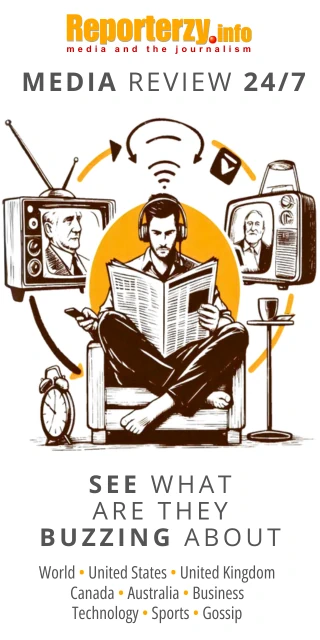 illustration: DALL-E
illustration: DALL-EYouTube has introduced a major update to its analytics system, shifting away from the long-used “returning viewers” metric. Instead, the platform now categorizes audiences into three distinct types, providing creators and brands with a more nuanced understanding of their community. The change, rolled out in YouTube Studio, aims to spotlight viewer loyalty and long-term engagement over fleeting success or raw view counts.
According to YouTube’s new model, viewers now fall into three categories:
- New viewers: Those visiting a channel for the first time during a selected period.
- Casual viewers: People who have watched content from a channel irregularly over the past year - between one and five months.
- Regular viewers: The most valuable group, made up of those who have watched content from the channel for at least six of the past 12 months.
This reclassification marks a strategic pivot toward understanding not just how many people a video reaches, but who keeps coming back. Brands, advertisers, and creators can now assess a channel’s true community impact, instead of relying on subscription numbers or one-off viral spikes.
Loyalty, not virality
In the words of Borys Marushchak, Performance Manager at Harbingers, the change allows marketers to “precisely assess audience loyalty” and differentiate between genuine community-building and short-term reach. For companies looking to partner with creators, the share of regular viewers may now matter more than subscriber counts.
See video: 7 facts about news on social media
To support creators in building viewer loyalty, YouTube has updated its platform recommendations. The new suggestions include:
- Maintaining a consistent upload schedule
- Using the Community tab for informal posts and polls
- Actively engaging with comments
- Hosting livestreams and video premieres
These practices aim to turn casual or new viewers into regulars. A signal not just of creator success, but also of sustainable channel growth. Example: A cooking channel with 100,000 subscribers but only 3% regular viewers may be less attractive to brands than a niche channel with 20,000 subscribers and 25% regular engagement. The latter suggests a tightly-knit audience that values the creator’s content long-term.
| Viewer Type | Frequency of Visits (12 months) | Engagement Value |
|---|---|---|
| New viewers | First-time visits | Discovery |
| Casual viewers | 1-5 months | Moderate |
| Regular viewers | 6+ months | High |
This detailed breakdown enables more informed content strategy decisions. Creators can now track whether their videos fail to convert first-time viewers into loyal followers - and adjust accordingly.
Before the update, the single "returning viewers" metric grouped casual and loyal users together. Now, the distinction reveals whether a channel’s success relies on novelty or lasting impact.
Social video dominates news and trust
The move also reflects broader industry shifts. According to the Reuters Digital News Report 2025, 30% of internet users identify YouTube as their primary news source. Social video consumption has soared, growing from 52% in 2020 to 65% in 2025.
- 52% → 65%: global increase in social video news consumption
- 55% → 72%: Americans watching news videos weekly
- 61%: viewers prefer platforms like YouTube over traditional news sites
- 67% → 75%: global growth in any kind of video news viewing
These numbers show why platforms like YouTube want better tools to measure true influence. Brands investing in creator partnerships care less about viral hits and more about stable audiences.
After all, according to a trust study by IBRiS, YouTube is also the most trusted social platform in Poland. Nearly 25% of respondents declared trust in the platform, and only 3% said they didn’t know it. Meanwhile, 41.6% of global users still judge content credibility by popularity - likes and views - a concerning insight from UNESCO`s Influencer 2024 Report.
This behavior emphasizes why metrics like regular viewer share are so important. They reflect real relationships between creator and audience, not just algorithm-fueled attention.
In the new YouTube ecosystem, engagement is currency. Viewers who return month after month now speak louder than subscriber milestones or trending appearances.
COMMERCIAL BREAK
New articles in section Media industry
Advertising market 2025. Poland, Europe and the World
Marcin Grządka
The global advertising market is growing by 8.8% in 2025 and will reach a value of 1.14 trillion dollars. The industry result in Europe records slightly lower dynamics, at the level of 5.8%. In this comparison, Poland performs clearly above the average. We will record an increase of 8.9% this year and a value of 18.56 billion PLN - estimates WPP Media in the annual report "This Year Next Year".
The print media market 2025. Three global trends
Krzysztof Fiedorek
The market value is 359.53 billion dollars, yet the erosion is visible to the naked eye. The decline for newspapers will amount to -2.3 percent. Despite this, print retains strength: it generates 76 percent of subscription revenues and enjoys 82 percent consumer trust. The future of the industry is defined by hybrid strategies and niche specialization.
Journalism in the age of AI. Why people prefer humans over machines
Krzysztof Fiedorek
Only 12% of people accept news created solely by AI, while 62% prefer those written by humans. At the same time, only 19% notice labels indicating the use of artificial intelligence, while younger audiences ask AI to explain the content to them. These are the findings of the Reuters Institute report on artificial intelligence in media.
See articles on a similar topic:
Global Media Under Scrutiny. Reuters Institute Digital News Report 2024
Krzysztof Fiedorek
The “Digital News Report 2024,” developed by the Reuters Institute for the Study of Journalism, describes the landscape of digital news media based on data from 47 markets, representing more than half of the world’s population.
Decline in Trust in Media. Analysis of the Reuters Digital News Report 2024
Krzysztof Fiedorek
The “Digital News Report 2024” by the Reuters Institute for the Study of Journalism highlights alarming trends concerning the declining interest in news and decreasing trust in media. These changes are not temporary but have become a long-term trend.
User Generated Content. A minefield for journalists and media
Krzysztof Fiedorek
Over 40% of internet users judge information credibility by likes and views. Only 20% use traditional news channels as a main and first source. A Reuters Institute report highlights the scale and risks of User Generated Content and offers advice on how media can avoid falling into its trap.
Artificial Intelligence in the Media. Reuters Digital News Report 2024
Krzysztof Fiedorek
AI has gained prominence in recent years, and its application in producing, distributing, and presenting news content continues to grow. However, this development is met with mixed feelings by audiences, which has significant consequences for media trust and its future.






























